Dr Aoibhinn McDermott, Department of Urology, University Hospital Galway (UHG), gave a detailed update on overactive bladder (OAB) syndrome at the Irish Association of Urology Nurses Annual Meeting earlier this year.
The basic definition of OAB is urinary urgency, usually accompanied by frequency and nocturia, with or without urgency urinary incontinence (UI), in the absence of urinary tract infection or other obvious pathology, she explained.
Approximately 12 per cent of the adult population are affected by OAB.
Detrusor overactivity (DO), as defined by the International Continence Society (ICS), is a urodynamic observation characterised by involuntary detrusor contractions during the filling phase that may be spontaneous or provoked.
OAB syndrome is a clinical diagnosis, while DO is a urodynamic diagnosis.
DO is the most common cause of OAB syndrome. However, DO is only detected in 50 per cent of patients with OAB syndrome: Only 50 per cent of patients with DO are clinically symptomatic.
OAB occurs more frequently in women than men and the incidence increases with age. Frequency is the most common complaint.
In people with OAB, 69 per cent of men and 44 per cent of women have DO with urgency, while 90 per cent of men and 58 per cent of women will have DO with incontinence.
<h3 class=”subheadMIstyles”>Aetiology of OAB</h3>
The aetiology of OAB is complex, multifactorial and poorly understood. OAB symptoms are associated with DO, which has myogenic factors, neurogenic factors, and urotheliogenic factors.
<h3 class=”subheadMIstyles”>Classifications of OAB</h3> <p class=”listBULLETLISTTEXTMIstyles”><strong>Wet OAB vs dry OAB</strong>
<em>Depending on presence of urge incontinence </em>
<p class=”listBULLETLISTTEXTMIstyles”><strong>Neurological OAB vs non-neurological OAB</strong>
– Multiple sclerosis.
– Dementia.
– Parkinson’s disease.
– Diabetic neuropathy.
– Stroke or SOL.
<p class=”listBULLETLISTTEXTMIstyles”><strong>Complicated OAB vs uncomplicated OAB</strong>
– Pelvic surgery or radiation.
– Recurrent UTI.
– Refractory.
– Young age.
<h3 class=”subheadMIstyles”>Risk factors for OAB</h3> <p class=”listBULLETLISTTEXTMIstyles”>Older age.
<p class=”listBULLETLISTTEXTMIstyles”>Increased BMI/metabolic syndrome.
<p class=”listBULLETLISTTEXTMIstyles”>Diabetes.
<p class=”listBULLETLISTTEXTMIstyles”>Depression.
<p class=”listBULLETLISTTEXTMIstyles”>Neurological disorders.
<p class=”listBULLETLISTTEXTMIstyles”>Pregnancy.
<p class=”listBULLETLISTTEXTMIstyles”>Vaginal delivery.
<p class=”listBULLETLISTTEXTMIstyles”>Post-menopause.
<p class=”listBULLETLISTTEXTMIstyles”>Cystitis and chronic bladder. outlet obstruction (BOO).
<h3 class=”subheadMIstyles”>Diagnosis</h3>
Overview of work-up: Full history, frequency/volume chart urinalysis and measurement of post-void residue.
<strong>Men</strong>
<p class=”listBULLETLISTTEXTMIstyles”>May include PR examination, PSA test, flow-rate measurement.
<p class=”listBULLETLISTTEXTMIstyles”>Consider referral to a prostate assessment clinic.
<strong> </strong>
<strong>Women</strong>
<p class=”listBULLETLISTTEXTMIstyles”>Assessment of pelvic floor.
<p class=”listBULLETLISTTEXTMIstyles”>Examine for vaginal atrophy.
<p class=”listBULLETLISTTEXTMIstyles”>Assessment of prolapse.
<h3 class=”subheadMIstyles”>Careful history</h3> <p class=”listBULLETLISTTEXTMIstyles”>Presence of OAB symptoms.
<p class=”listBULLETLISTTEXTMIstyles”>Impact – assessment scores, ie, IPSS.
<p class=”listBULLETLISTTEXTMIstyles”>Other lower urinary tract symptoms (LUTS) – dysuria, haematuria.
<p class=”listBULLETLISTTEXTMIstyles”>Fluids – type, ins and outs.
<em> </em>
<strong>Bhx</strong>
<p class=”listBULLETLISTTEXTMIstyles”>Neurological disorders.
<p class=”listBULLETLISTTEXTMIstyles”>Diabetes/high BMI.
<p class=”listBULLETLISTTEXTMIstyles”>Surgical history.
<p class=”listBULLETLISTTEXTMIstyles”>Obstetrics and gynaecology history.
<p class=”listBULLETLISTTEXTMIstyles”>Medications and allergies.
<h3 class=”subheadMIstyles”>Clinical examination</h3>
<strong><em>Abdominal examination – PVR</em></strong>
Males – Digital rectal exam for prostate assessment.
Females – Vaginal examination (pelvic organ prolapse, vaginal atrophy/vaginitis, pelvic masses).
<h3 class=”subheadMIstyles”>Further adjuncts</h3> <p class=”listBULLETLISTTEXTMIstyles”>Urinalysis – outrule infection, suspicion of diabetes.
<p class=”listBULLETLISTTEXTMIstyles”>Post-void residue – uroflowmetry in males.
<p class=”listBULLETLISTTEXTMIstyles”>PSA check (depending on age).
<h3 class=”subheadMIstyles”>Frequency volume charts</h3> <p class=”listBULLETLISTTEXTMIstyles”>Recording of volume and time of each void by patient over 24 hours.
<p class=”listBULLETLISTTEXTMIstyles”>Bladder diary includes additional information: Fluid intakes, pads, activities and symptom scores.
<p class=”listBULLETLISTTEXTMIstyles”>Completed over a minimum of three days.
<h3 class=”subheadMIstyles”>Differential diagnoses of OAB</h3>
<strong><em>Urological</em></strong><strong> </strong>
– UTI.
– Bladder tumour.
– Bladder calculi.
– Urethral diverticulum.
– Nocturnal enuresis.
<strong><em>Medical</em></strong><em> </em>
– Upper motor neuron lesions.
– Impaired renal function.
– CCF.
– Diabetes mellitus.
<strong> </strong>
<strong><em>Gynaecological</em></strong><strong> </strong>
– Cystocele.
– Pelvic masses.
– Previous surgery.
<h3 class=”subheadMIstyles”>Urodynamics in OAB syndrome</h3>
Urodynamics in OAB syndrome not indicated as part of first-line investigation, unless neurological aetiology likely.
<strong> </strong>
<strong><em>Indications</em></strong>
<p class=”listBULLETLISTTEXTMIstyles”>Failed conservative and pharmacological therapy.
<p class=”listBULLETLISTTEXTMIstyles”>Before invasive surgery.
<p class=”listBULLETLISTTEXTMIstyles”>Complicated cases of OAB.
<h3 class=”subheadMIstyles”>Conservative management of OAB</h3> <p class=”listBULLETLISTTEXTMIstyles”>Dietary changes and fluid management.
<p class=”listBULLETLISTTEXTMIstyles”>Behaviour therapy – bladder voiding training.
<p class=”listBULLETLISTTEXTMIstyles”>Pelvic floor exercises and physiotherapy.
<h3 class=”subheadMIstyles”>Medical management</h3>
<strong><em>First-line:</em></strong> Anticholinergic medications, ie, oxybutynin, tolterodine, and solifenacin. Mode of action: Inhibits muscarinic receptors in bladder wall, reducing DO. Consider contraindications and side effects.
<strong><em>Second-line:</em></strong> Beta-3 agonist, ie, mirabegron. Mode of action: Stimulates receptors to cause muscle relaxation. Side effects and contraindications: Severe uncontrolled hypertension (defined as SBP ≥180mmHg and/or DBP ≥110mmHg.)
<strong><em>Oestrogen therapy for atrophy in post-menopausal women:</em></strong> Potential side effects include increased myocardial infarction risk, deep-vein thrombosis and pulmonary embolism.
<h3 class=”subheadMIstyles”>Intravesical therapy</h3>
Onabotulinumtoxin A is US FDA indicated for treatment of OAB in adults who have an inadequate response to or are intolerant of anticholinergic medication. Mode of action: It inhibits release of acetylcholine from presynaptic nerve terminals – prevents stimulation of the detrusor muscle.
Administration involves 100-to-200 units in 20-to-30 sites across the bladder, given under general anaesthetic. Potential complications include urinary tract infection, dysuria, and urinary retention.
<h3 class=”subheadMIstyles”>Neuromodulation stimulators</h3>
There are two types:
1. <strong><em>Sacral nerve stimulator:</em></strong> Surgical implantation of small device at level of S3 – (InterStim).
2. <strong><em>Percutaneous posterior tibial nerve stimulator:</em></strong> Course of 12 30-minute sessions. Needle is inserted above ankle with electrodes placed on surface of foot. Retrograde stimulation of sacral nerve plexus.
<h3 class=”subheadMIstyles”>Highly-invasive intervention</h3>
<strong><em>Two types:</em></strong>
1. Augmentation cystoplasty.
2. Urinary diversion.
These are very rarely necessary and are used in patients with refractory neurogenic OAB mainly, especially in patients with poor compliance.
<p class=”referencesonrequestMIstyles”><strong>Useful resources</strong>
<p class=”listBULLETLISTTEXTMIstyles”>European Association of Urology OAB guidelines (www.uroweb.org).
<p class=”listBULLETLISTTEXTMIstyles”>International Continence Society (www.ics.org).
<p class=”listBULLETLISTTEXTMIstyles”>North Bristol NHS Trust OAB patient information (https://www.nbt.nhs.uk/sites/default/files/attachments/Overactive%20bladder%20syndrome%20%28OAB%29_NBT002734.pdf).
<p class=”listBULLETLISTTEXTMIstyles”>American Urological Association (www.auanet.org).
<p class=”listBULLETLISTTEXTMIstyles”>NICE OAB guidelines (www.nice.org.uk).
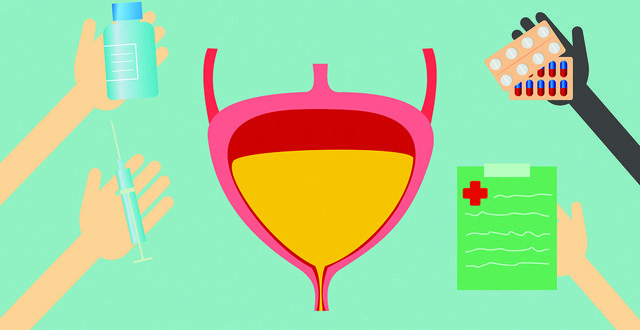
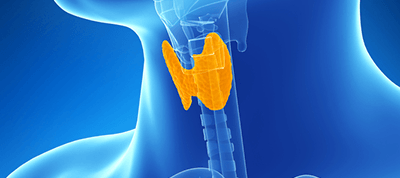
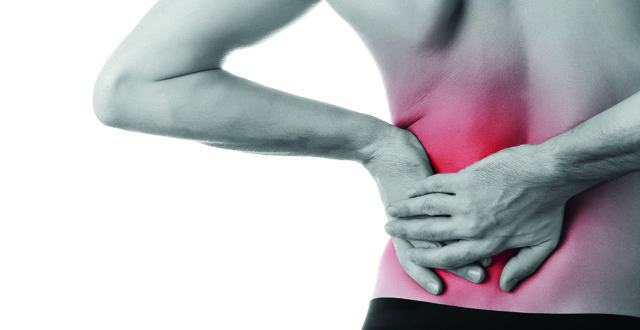
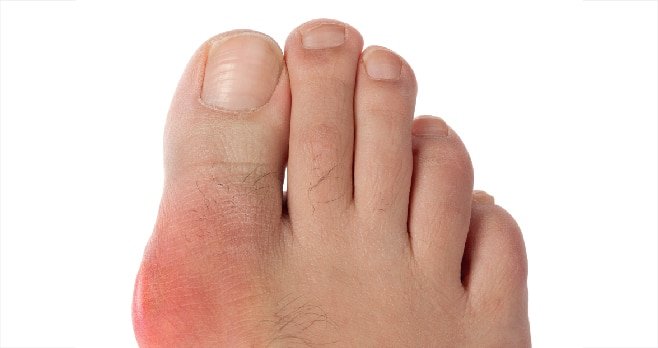

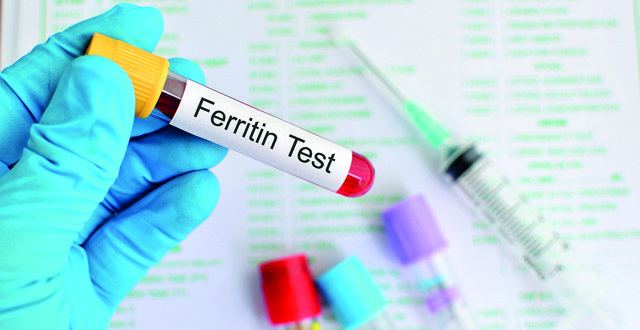




Leave a Reply
You must be logged in to post a comment.